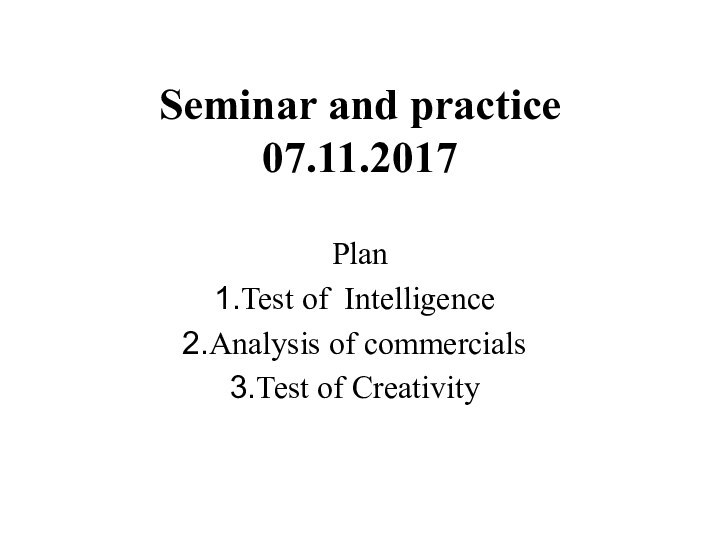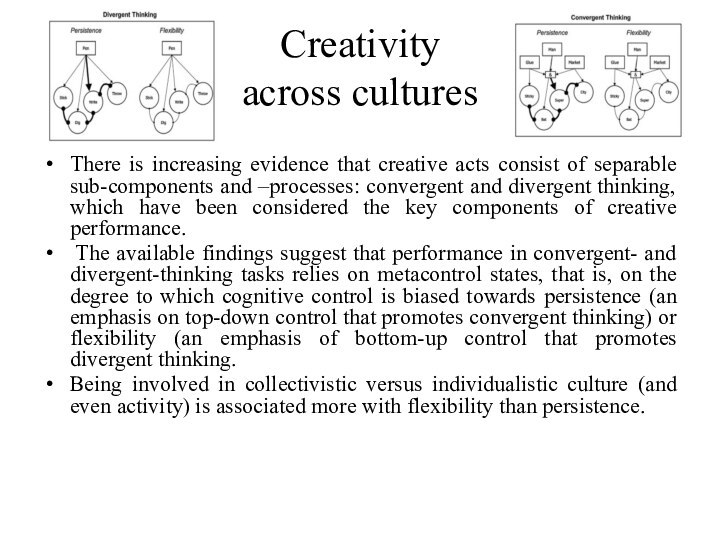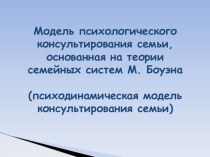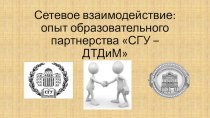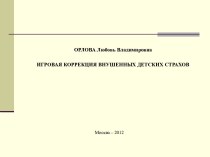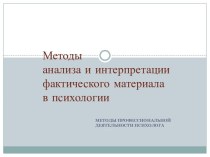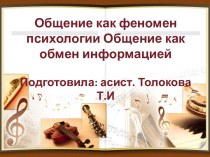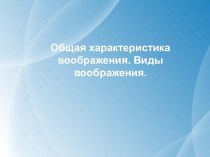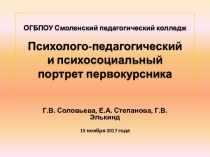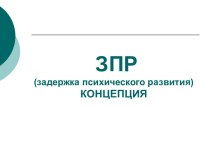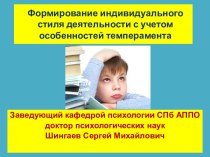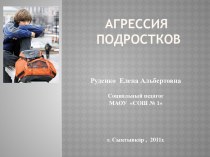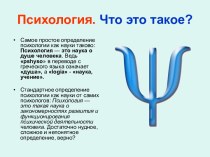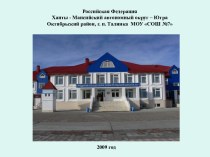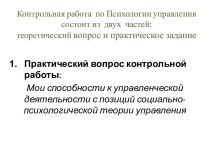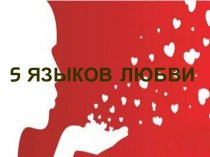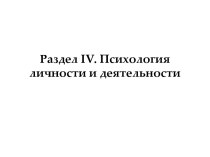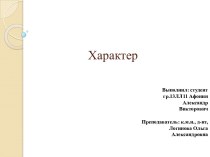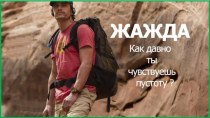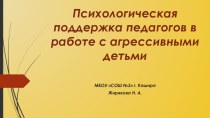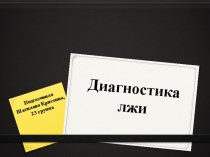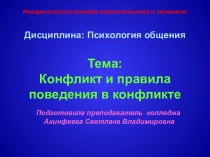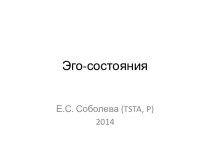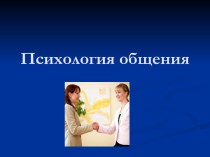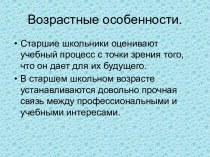Слайд 2
The American/Australian Test of Intelligence
These questions have been
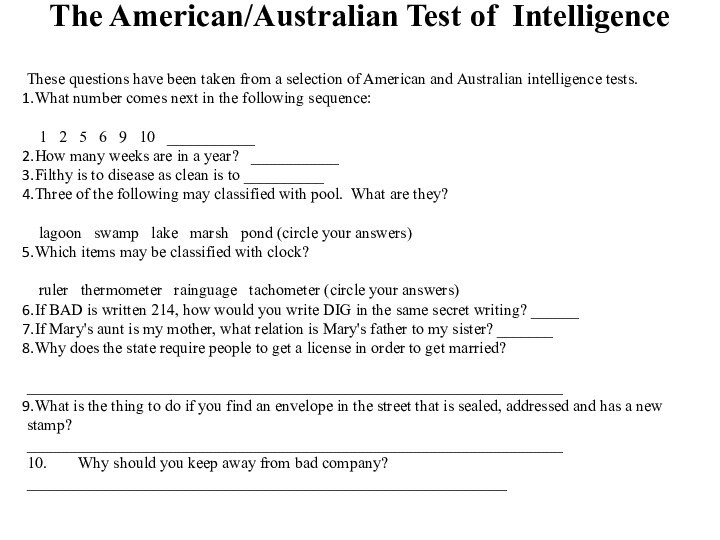
taken from a selection of American and Australian intelligence
tests.
What number comes next in the following sequence:
1 2 5 6 9 10 ___________
How many weeks are in a year? ___________
Filthy is to disease as clean is to __________
Three of the following may classified with pool. What are they?
lagoon swamp lake marsh pond (circle your answers)
Which items may be classified with clock?
ruler thermometer rainguage tachometer (circle your answers)
If BAD is written 214, how would you write DIG in the same secret writing? ______
If Mary's aunt is my mother, what relation is Mary's father to my sister? _______
Why does the state require people to get a license in order to get married?
___________________________________________________________________
What is the thing to do if you find an envelope in the street that is sealed, addressed and has a new stamp?
___________________________________________________________________
10. Why should you keep away from bad company?
____________________________________________________________
Слайд 3
The Original Australian Test of Intelligence
These items relate

to the culture of the Edward River Community in
Far North Queensland
What number comes next in the sequence, one, two, three, __________?
How many lunar months are in a year?
As wallaby is to animal so cigarette is to __________
Three of the following items may be classified with salt-water crocodile. Which are they?
marine turtle brolga frilled lizard black snake (circle your answers)
Which items may be classified with sugar?
honey witchetty grub flour water-lillies (circle your answers)
We eat food and we __________ water.
Sam, Ben and Harry are sitting together. Sam faces Ben and Ben gives him a cigarette. Harry sits quietly with his back to both Ben and Sam and contributes nothing to the animated conversation going on between Sam and Ben. One of the men is Ben's brother, the other is Ben's sister's child. Who is the nephew?
a. Sam b. Harry c. Ben (circle your answer)
Suppose your brother in his mid-forties dies unexpectedly. Would you attribute his death to (circle your answer):
a. God b. Fate c. Germs D. No-one e. Someone f. Your brother himself
You are out in the bush with your wife and young children and you are all hungry. You have a rifle and bullets. You see three animals all within range - a young emu, a large kangaroo and a small female wallaby. Which should you shoot for food?
a. Young emu b. Large kangaroo c. Small female wallaby (circle your answer)
Why should you be careful of your cousins?
Слайд 4
Australian/American Test of Intelligence
Answer is 13. Add 1
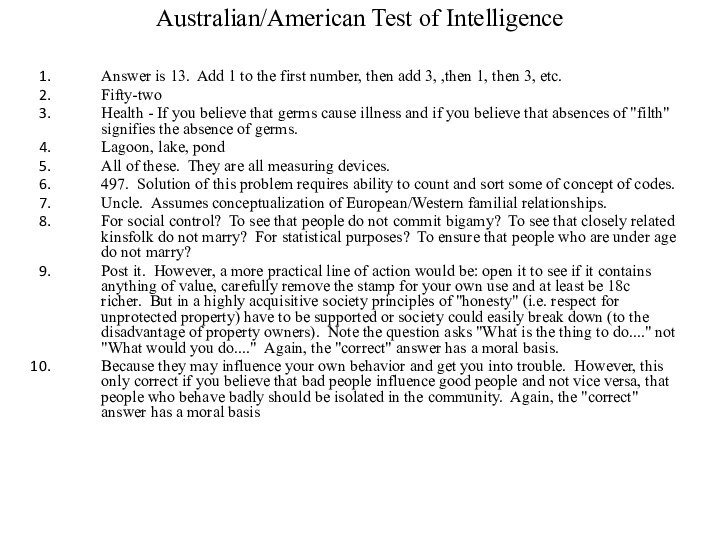
to the first number, then add 3, ,then 1,
then 3, etc.
Fifty-two
Health - If you believe that germs cause illness and if you believe that absences of "filth" signifies the absence of germs.
Lagoon, lake, pond
All of these. They are all measuring devices.
497. Solution of this problem requires ability to count and sort some of concept of codes.
Uncle. Assumes conceptualization of European/Western familial relationships.
For social control? To see that people do not commit bigamy? To see that closely related kinsfolk do not marry? For statistical purposes? To ensure that people who are under age do not marry?
Post it. However, a more practical line of action would be: open it to see if it contains anything of value, carefully remove the stamp for your own use and at least be 18c richer. But in a highly acquisitive society principles of "honesty" (i.e. respect for unprotected property) have to be supported or society could easily break down (to the disadvantage of property owners). Note the question asks "What is the thing to do...." not "What would you do...." Again, the "correct" answer has a moral basis.
Because they may influence your own behavior and get you into trouble. However, this only correct if you believe that bad people influence good people and not vice versa, that people who behave badly should be isolated in the community. Again, the "correct" answer has a moral basis
Слайд 5
Original Australian Test of Intelligence
One, two, three, many....the

kuuk thaayorre system of counting only goes to three...thana,
kuthir, pinalam, mong, mong, mong, etc. The word mong is best translated as "many" since it can mean any number between 4 and 9 or 10 after which yuur mong (many figures) would be more appropriate.
Those who say thirteen are right in European terms but irrelevant in Edward River terms. The speakers of kuuk thaayorre clearly recognise lunar menstruation and possess a notion of the lunar month as calculated as the time between one phase of the moon and the next appearance of that particular phase. However, apart from having no specific word to designate thirteen and thirteen only - yurr mong or "very many", is the right answer - the annual cycle is crouched in terms of environmental rhythms rather than in terms of fixed, invariant divisions of time. The "year" then is the time between the onset of one wet season and the onset of the next wet season - and wet seasons may be early or late, so who can be precise?
The right answer is "tree". This stems from the kuuk thaayorre speakers early experience with tobacco which was "stick" tobacco, hence it is classified with tree.
Crocodiles, turtles, birds and frill necked lizards are all classified as minh (which broadly might be translated as animals). Snakes along with eels are classified as yak which may be broadly translated as snake-like creatures.
All the items are classified with sugar as belong to the class of objects known as may. Broadly translated, may means vegetable food. Even witchetty grubs that are found in the roots of trees fall under this rubric - so does honey which is also associated with trees and hence fruit. The kuuk thaayorre language had no problem fitting flour into the may category since it obviously resembled some of their own processed vegetable foods (e.g., yams like Dioscoria sativa elongata). The word may can also mean sweet and hence sugar, which of course does not resemble anything in their traditional culinary.
"Eat" is the right word - well sort of, anyway. Where we make a distinction between "eating" and "drinking", kuuk thaayorre does not and they use the same verb to describe both functions and why not?
The clues are easy for kuuk thaayorre. An avoidance taboo operates between mother's brother and sister's son and politeness requires that sister's son should never directly face mother's brother nor talk to him directly in company. Sam and Ben are obviously brothers because of their unrestrained interaction while Harry, with his back turned to both his uncles is obviously the respectful nephew.
Among the kuuk thaayorre God has been equated with a mythological character and he is definitely non-malevolent. Both fate and germs are concepts foreign to the kuuk thaayorre belief system. No-one dies without reason and suicide is unknown to them, so the right answer is SOMEONE - which is the case in this sorcery riddled society.
The small female wallaby is the right answer. Emu is a food that may be consumed only by very old people. Kangaroos (especially large ones) may not be eaten by parents or their children. The children will get sick otherwise. Everyone knows that....don't they?
Because some of them have to be avoided like the plague. For example, a male must avoid his father's sister's daughter, or anyone classified with her. Such relations are called poison cousins in Aboriginal English.
Слайд 6
Questions for discussion
What differences do you see between the
test?
What cultural biases do they have?
Are these intelligence tests fair? Why or why not?
How would you feel if these tests were used as a standardized intelligence test?
How would you work with someone who scores at anIQ of only 90 on a standardized intelligence test but very well on one of the other intelligence tests?
Слайд 7
Marketing and commercials across cultures
Split into 3 groups:
cognition, emotions, values
Each group will see 4 commercials
2
Japanese commercials
2 American commercials
The task:
1. Identify differences between these
commercials
2. Using the knowledge about differences in cognition, emotions, values across cultures obtained during the lectures and previous seminars (table!) identify specific cultural aspects (in accordance with your group task) to which these commercials refer
Слайд 9
Japanese and American commercials
Navy service:
https://www.youtube.com/watch?v=nNdPPEwguDQ (W E)
Amazon prime:
https://www.youtube.com/watch?v=ZANcbm61cCw
(W)
https://www.youtube.com/watch?v=lQz-AgmTm0w (E)
Слайд 10
In which professional fields or situations can you
apply information about the relationship between culture and cognitions,
culture and emotions?
Слайд 11
Home task
Create in written form case dedicated to

national stereotypes (description of certain situation in which stereotypes
were demonstrated and consequences of such demonstration) + questions to the case that can be answered using knowledge of CCP
Send us your case with questions via e-mail by 1 pm, 14th November
Be ready to evaluate the solutions of your case given by your colleagues if your case will be chosen for analysis during the seminar
Case example
An American man attending an international relations banquet was sitting across from a man who looked Asian. He wanted to start a conversation so he asked the man loudly and in very simple English, "Like food?" The man politely nodded yes, but said nothing. During the dinner program, the master of ceremony introduced the Asian looking man as an award winning professor of economics at an important university. The professor was invited to give a short talk about world trade issues. After a short discussion in perfect English the professor sat down. He then looked across to his neighbour and asked loudly and in very simple English, "Like talk?"
1) What stereotype did the American have about the Asian-looking man?
2) Where do stereotypes come from?
3) What is the stereotype?
